Several civilizations have been passed with uncountable folktales and mythical facts about creating the world and humanity. Water initiated the journey of life on the Earth, and underwater gods and mythology have received the utmost fascination for readers ever since then.
Greek mythology shares an extensive reservoir of mythical notes related to underwater; kingdoms, inhabitants, and woven stories.
Interestingly, Greek gods underwater are ranged from primordial powers and Olympian figures on the one hand to chthonic nymphs, heroized mortals, monsters, and trickster figures on the other.
The curated list of 10 gods underwater below includes the gods’ existence, roles, and stories from the battlefield to nurturing the world.
10. Poseidon
Content
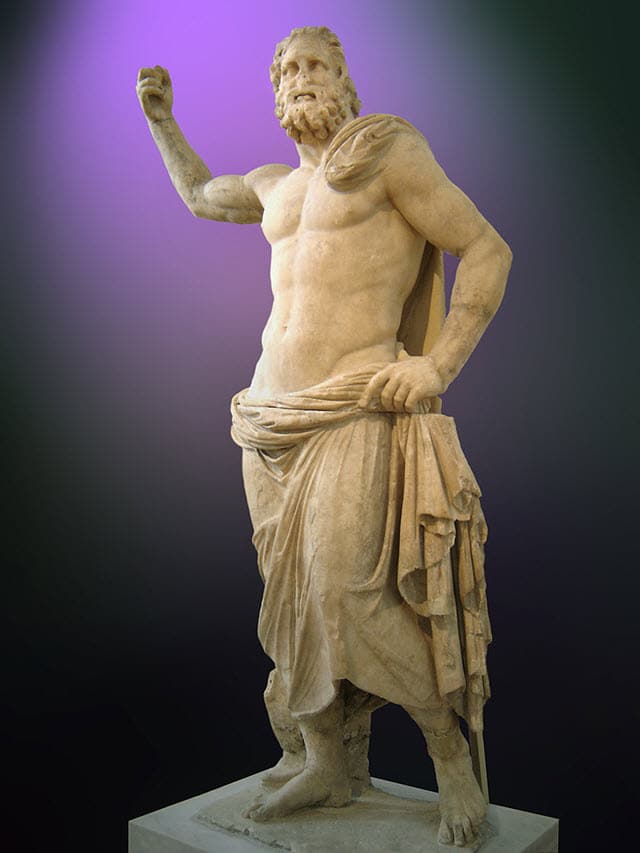
Source: Wikimedia Common
Poseidon, the god of the sea, was the son of Kronos and Rhea. He was an ill-tempered god who would conjure storms to the sea when furious.
He would help and save the sailors and seafarers when he was in his usual mood. People worshipped and honored him for being their savior during the hard times.
Not just the sailors, he was famous amongst goddesses and mortal women. He had affairs with many women and goddesses but was married to the Nereids, the goddess nymph.
The other reason for his popularity was the creation of horses and being the chief deity, a patron of the city of Corinth.
Poseidon’s symbol had the trident, which was a three-pronged spear. People believed that Poseidon struck the Earth with his trident and caused an earthquake. Moreover, a bull, horse, and dolphin represent Poseidon’s sacred animals, which played an essential role in his life.
9. Achelous
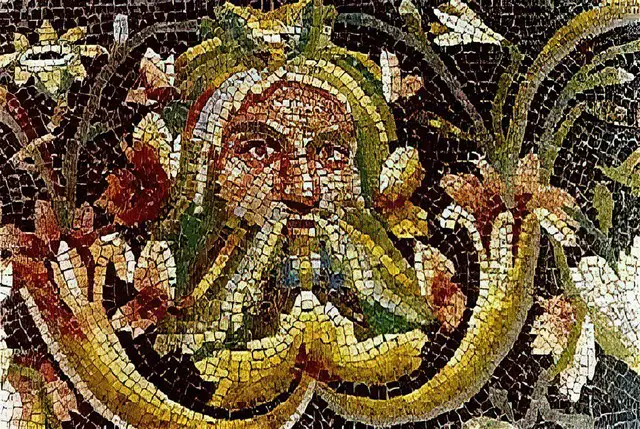
Source: Wikimedia Common
The Achelous was a Greek water god who emerged from one of the longest rivers in Greece, the Achelous River. He was worshipped as the god of fresh water, and the river was believed to have the beginning journey of water from it.
The Achelous was born to Oceanus and Tethys and had 3,000 brothers. He was the father to Sirens, nymphs, and numerous sea creatures.
People worshipped him and began depicting him in the painting as a bull-shaped centaur, a man-headed bull, and a “merman” with a coiling fishtail.
8. Glaucus
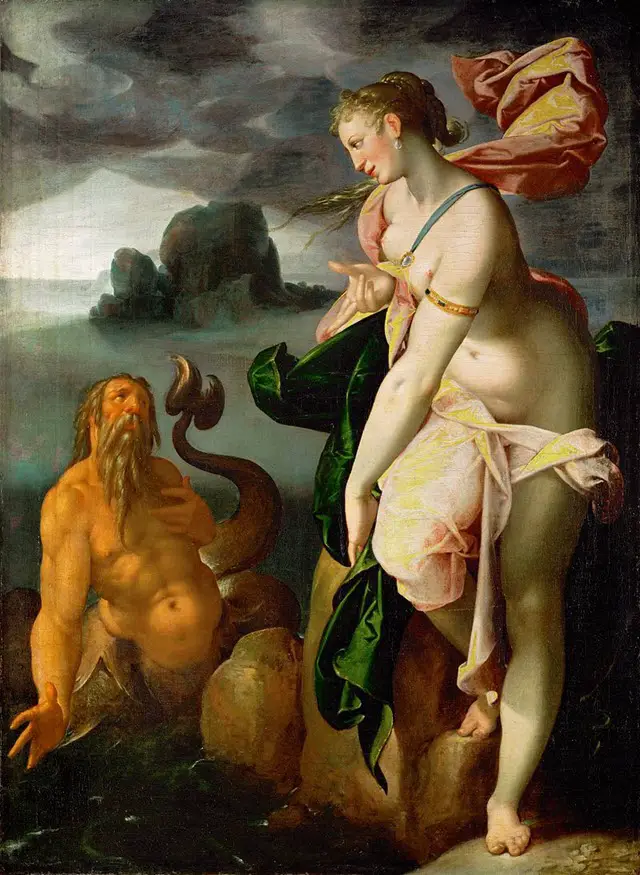
Source: Wikimedia Common
Glaucus is considered a Greek prophetic sea god. He was born mortal and lived and a fisherman in the Boeotian city of Anthedon.
The mortal life was changed to an immortal one after eating a magical herb. Since then, he has been worshipped and honored by the people as one of the major gods of underwater.
He accepted his transformed figure, all the norms of underwater, and was welcomed by all the deities of the sea.
Glaucus grew up to be a kind and helpful deity and began helping sailors in their difficult times. He saved sailors and fishers during the storms and also controlled the heavy waves during waves.
7. Hydrus
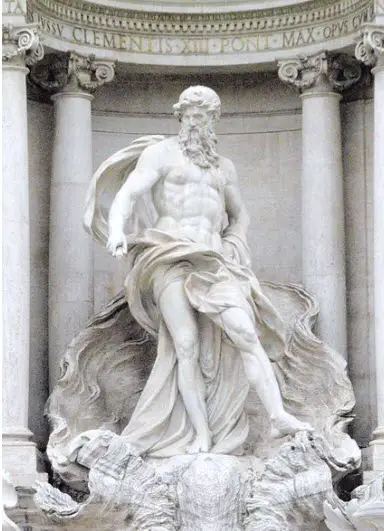
Hydrus belonged to the Orphic tradition and was not accepted as the sea god initially. The genealogy of Greek gods and goddesses mattered in categorizing gods from geography.
He was a primordial god of the water in the Orphic tradition and then changed to the Protogenio. There were only three major deities, Hydros, Thesis, and Mud, under this tradition.
The Mud was solidified into Gaia in the cosmos, and Hydros mated with Gaia, which led to Chronos ( Time ) and Ananke ( Compulsion ). This process led to the acceptance of Hydrus as one of the deities of underwater.
6. Nerites

Nerites was born as a son to Nereus and Doris and a brother of the fifty Nereids, all-male offsprings. He was famous amongst the Greeks for his stunning looks and impressive body structure.
Numerous myths are based on him, the first version of the myth exposes the affair between Nerites and Aphrodite. Aphrodite fell in love with Nerites and wanted to bring Nerites to join the Olympian gods along with her.
However, Nerites denied her proposal and wanted to stay with his family in the sea. She was so dissatisfied that she made Nerites transform into shellfish and gave the wings to her son Eros.
In the second version, Nerites and Poseidon fell for each other and receive Anteros, an origin of mutual love. Poseidon made Nerites his charioteer, and later Nerites received a shape of a shellfish from Helios.
5. Palaemon
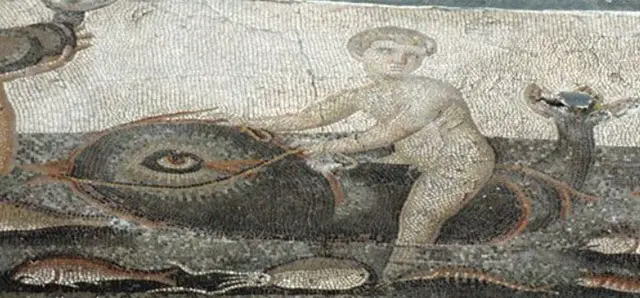
Palaemon was a child sea-god who was born to Athmas and Leukothea. He was born as Melikertes, a mortal boy whose parents (Athmas and Ino) fuelled the wrath of Hera by getting chosen to foster the young god Dionysios.
Hera, in return, turned Athmas into a murderous rage and made him murder Palaemon’s other siblings. Ino and her son jumped into the sea to protect themselves from the rage of Hera and Athmas.
They transformed themselves into the sea-deities Leukothea and Palaemon. Since then, Palaemon was the god of sharks, harbors and was portrayed as either a dolphin-riding boy or a fish-tailed Triton-child in Greco-Roman mosaics.
4. Phorcys
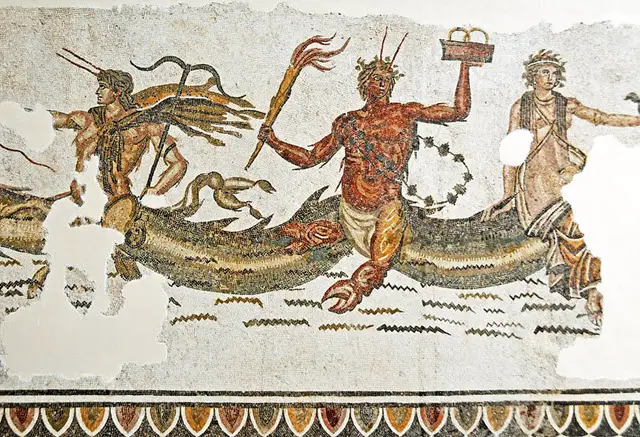
Phorcys was a primordial sea god, born to Pontus and Gaia and raised as a brother to other sea deities Eurybia, Nereus, and Thaumas.
He was portrayed as the sea god having grey-haired merman along with the common fishtail. And, his signature posture was holding a flaming torch in one hand.
In the Homeric tradition, Phorcys is considered as “old man of the sea” and placed at a position that Poseidon, Triton, and Nereus have possessed. Besides, Phorcys is also described as the god of hidden dangers and as a leader of sea monsters in the sea.
3. Pontus
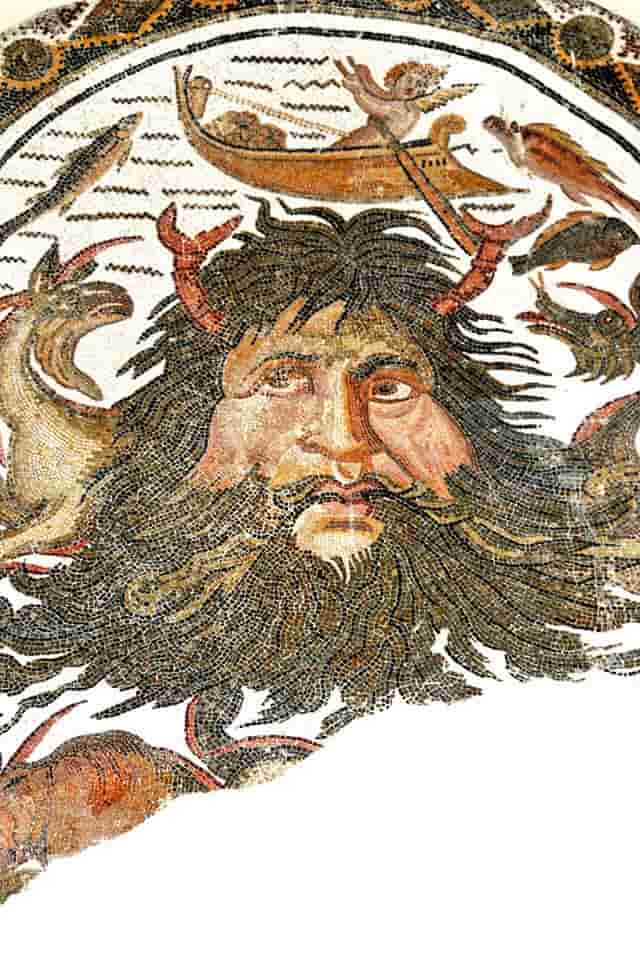
Pontus was one of the primordial gods of the sea, born to Gaia. Gaia and Pontus were not just a mother and son but also a couple. They both bore numerous sea-deities and creatures.
Pontus was the Lord of the Sea until he was dethroned by his younger brother. He was the most power-loaded sea god possessing the power of invulnerability and immortality.
He was depicted and perceived as a large-headed giant with a water-colored grey beard sprouting out of the sea. He also possessed a pair of horns on his head that was similar to crab claws.
2. Proteus
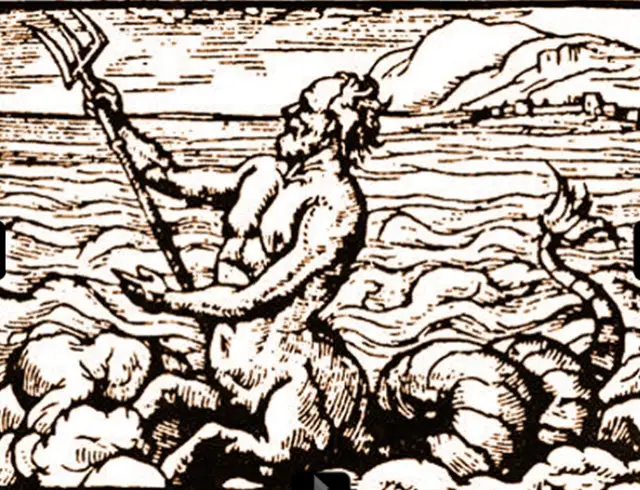
Proteus was the prophetic sea god Homer called “Old Man of the Sea” for being the oldest siblings. He was associated as the god of rivers, oceanic bodies of water, and shepherd of the sea’s flocks.
Proteus served the sea god Poseidon and dwelled Pharos, an island off the coast of the Nile Delta. He was blessed with the ability of prophecy, the art of transforming and changing the shape to escape any situation.
1. Thaumas
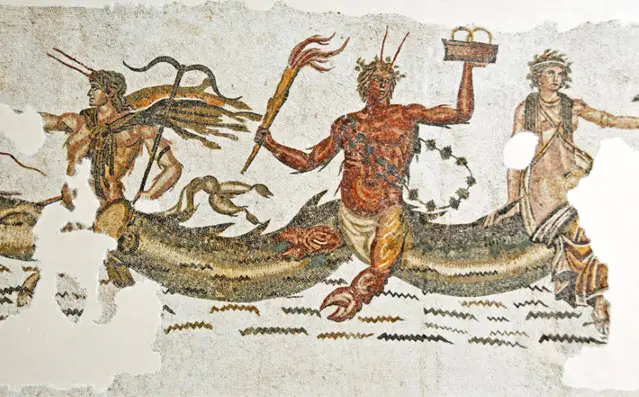
Thaumas, born to Pontus and Gaia, was placed among the plethora of sea gods. He signified the wonder and was related to the wonder of the ocean or underwater. He emerged predating the rule of Zeus and lost his glory after the existence of Poseidon.
Thaumas married Electra, who was among Oceanids, nymph daughters of Oceanus. Electra signified sparkling light produced by electricity and owned the amber-colored hair that was a rare beauty.
Thaumas and Electra together gave birth to Iris, three Harpies, and Arce. Among all, Iris (Rainbow) was the messenger goddess who was closely associated with Hera.
Also, the children of Thaumas, three Harpies (Whirlwinds), frightened mortal men in the sea. Besides, Arce was the messenger goddess of the Titans at the time of the Titanomachy. She was punished in Tartarus after ten years of war.
Conclusion
The gods of the underwater ruled the sea based on their abilities and power. Most of all, I am personally hit by the resources and life of Poseidon, who saves the people and terrifies them.
Poseidon has plenty of references that go across the other myths and civilizations. Do you feel the same, or have you got different thoughts about the top ten list? Let me know in the comment box.
